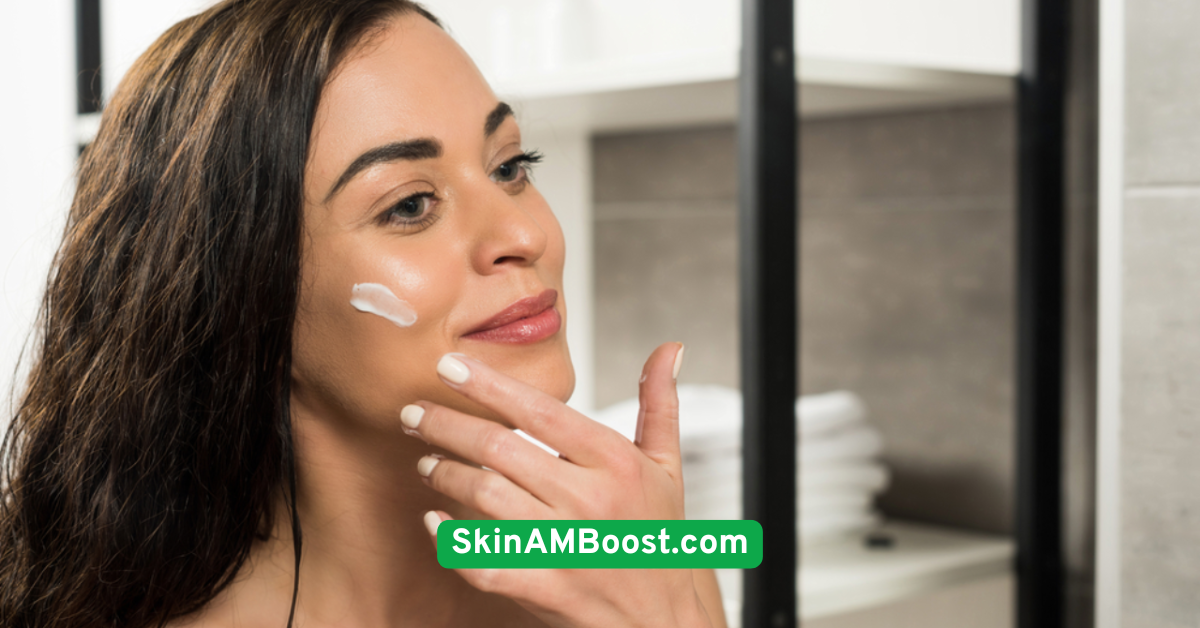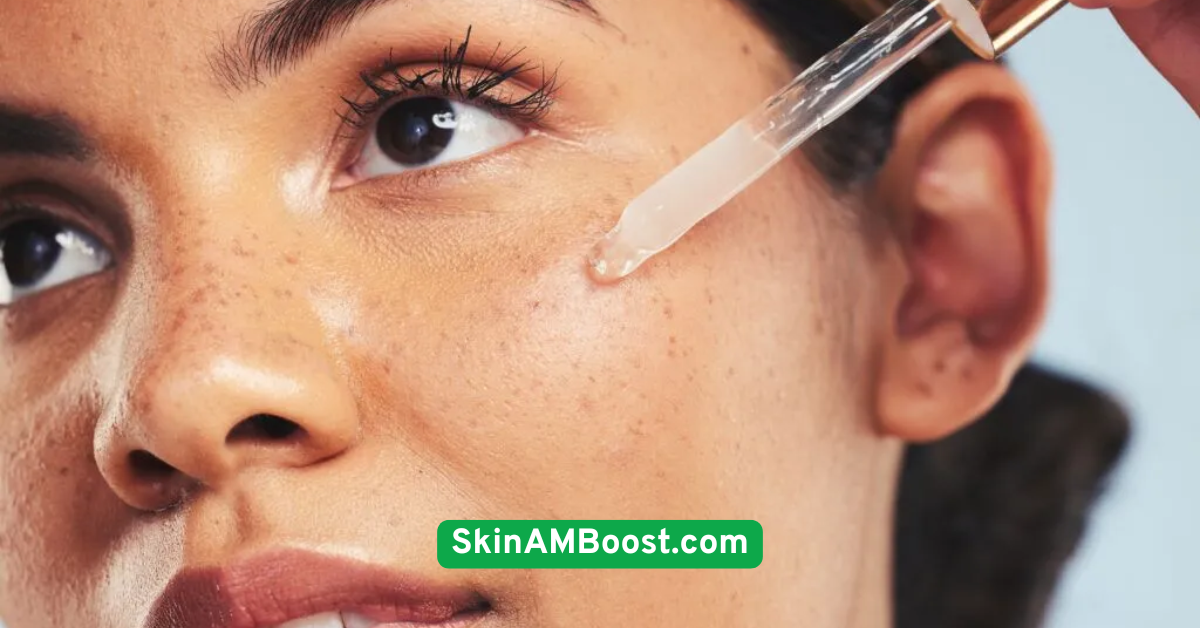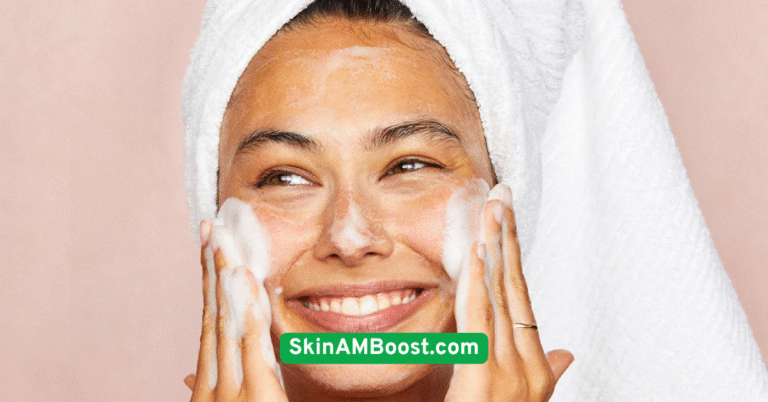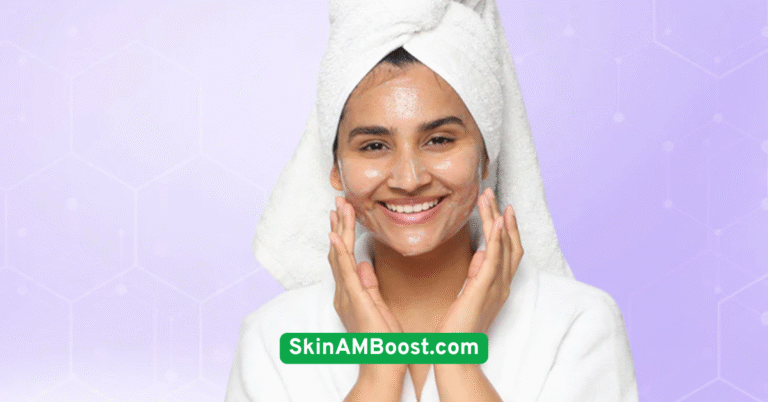5 Hydrating Skincare Tips for All Skin Types

Whether you boast an enviably balanced complexion, battle a perpetually shiny T‑zone, or feel your cheeks tightening seconds after cleansing, you can embrace a few universal techniques that immediately upgrade your glow. The following five tips are easy to implement, gentle on your wallet, and rooted in dermatological science—but delivered in plain, friendly language you can put to work today. We’ll cover everything from pH‑balanced cleansers to hyaluronic acid serums, from drinking smarter water to choosing sunscreen that hydrates instead of chalks. Stick with me through each section; by the end, you’ll have a streamlined routine that makes your skin look and feel fresh around the clock.Ready to flood those thirsty skin cells with lasting moisture and confidence? Let’s dive in.
1. Start with a Gentle, Hydrating Cleanser
A great skincare routine begins at the sink, yet cleansing is often where hydration goes astray. When your face wash leaves skin squeaky, that “clean” sensation is actually a sign your natural lipids—the barrier that keeps moisture in and irritants out—have been stripped away. Harsh surfactants, high‑pH soaps, and artificial fragrances all contribute to post‑wash tightness, triggering your sebaceous glands to pump out more oil or, in dry complexions, leading to flaking and redness.The fix is simpler than you might expect: switch to a pH‑balanced cleanser packed with humectants. Look for glycerin, panthenol (vitamin B5), aloe vera juice, or oat extract high on the ingredient list. These water‑loving molecules draw in moisture while mild surfactants whisk away dirt, SPF, and overnight oil. Cream cleansers generally suit dry or mature skin; gel formulas feel refreshing on oily or combination types. Sensitive skin can benefit from micellar waters or non‑foaming lotions that cleanse without disturbing microflora.
Technique matters too. Splash your face with lukewarm water (hot water expands capillaries and heightens dehydration), then massage cleanser in gentle circles for about 30 seconds—enough to dissolve residue without overdoing it. Rinse thoroughly and pat with a soft towel. Don’t rub vigorously; friction degrades the barrier you worked to preserve.Stick with your hydrating cleanser morning and night for two weeks, and you’ll notice smoother texture, calmer redness, and a subtle glow even before moisturizer. Small swap, big impact—and the perfect springboard for every hydration step that follows.

2. Apply Moisturizer on Damp Skin
Moisturizer forms the cornerstone of any hydrating plan, yet timing determines how much water actually stays put. Dermatologists call it the “damp‑skin rule”: applying lotion within one minute of cleansing locks in the surface moisture that would otherwise evaporate. Think of your skin like a kitchen sponge. Dry, it can’t absorb much; slightly damp, it soaks up liquids easily.Choose a formula that matches your skin’s behavior throughout the day. Gel creams brimming with hyaluronic acid and niacinamide feel weightless on oily zones yet deliver a flood of hydration. Light lotions containing squalane or jojoba oil mimic natural sebum, balancing combination skin without clogging. Rich creams with ceramides and shea butter cushion dry or mature faces, “sealing the cracks” in the lipid barrier.
To apply, splash a bit of water or spritz a hydrating mist—rose water, cucumber infusion, or rice ferment essence—so your skin is comfortably dewy. Scoop a nickel‑sized amount of moisturizer, warm it between your palms, and press it onto cheeks, forehead, chin, and neck in upward motions. This press‑and‑hold technique minimizes tugging while ensuring even distribution.If you crave extra radiance, layer a drop or two of lightweight facial oil (argan for normal skin, grapeseed for oily, marula for very dry) after your cream. Oils are occlusives: they create a breathable film that slows transepidermal water loss without suffocating pores. Result? A fresh, dewy complexion that feels plump for hours—no midday tightness, no greasy after‑film.

3. Use a Hyaluronic Acid Serum Daily
Few ingredients generate more hydration hype—and deservedly so—than hyaluronic acid (HA). This sugar molecule occurs naturally in skin and can bind up to 1,000 times its weight in water. Applied topically, it acts like a microscopic sponge, drawing moisture from the environment and lower skin layers to the surface, giving cheeks that pillowy, light‑reflecting plumpness.Not all HA serums are created equal. Multi‑weight formulas containing both low‑molecular (penetrates deeper) and high‑molecular (hydrates surface) hyaluronic acid offer layered hydration without stickiness. Added panthenol, peptides, or antioxidants like green‑tea polyphenols turn a simple humectant into a skin‑barrier booster. If you’re acne‑prone, pick fragrance‑free and non‑comedogenic options to avoid flare‑ups.
Apply HA right after toning (or straight after cleansing if you skip toner) while skin is still damp. Use one full dropper or three pea‑sized drops, spreading with fingertips from the center outward. Follow quickly with moisturizer to “sandwich” the HA and prevent it from pulling moisture out of deeper layers—common in arid climates or heated indoor air.With consistent use—think every morning for a month—you’ll see fine dehydration lines soften, foundation glide more evenly, and that elusive lit‑from‑within glow become your daily norm. Low effort, high reward.

4. Hydrate from Within: Drink More Water & Eat Water‑Rich Foods
Skincare isn’t confined to bottles. Adequate internal hydration lays the groundwork for supple, resilient skin. When your body is even mildly dehydrated, blood volume drops, reducing skin perfusion and leaving your complexion dull, tight, or flaky. The classic eight‑glasses‑a‑day rule is a good baseline, but individual needs vary with climate, activity, and diet. A simpler gauge: sip enough clear fluids so your urine runs pale straw‑colored most of the day.Plain filtered water is great, yet many find it easier to hit hydration goals by flavor‑boosting. Add citrus slices, cucumber rounds, mint sprigs, or frozen berry cubes for a spa‑like upgrade that also supplies vitamins and antioxidants. Herbal teas—hibiscus, chamomile, or rooibos—count toward your total and offer anti‑inflammatory benefits without caffeine.
Solid foods can contribute up to 20 percent of daily water intake. Load your breakfast bowl with watermelon, strawberries, or grapefruit. Snack on crunchy celery sticks, cherry tomatoes, and bell‑pepper strips. Leafy greens like romaine and spinach pack both hydration and electrolytes.Hydration from within complements topical products. Well‑hydrated cells function optimally, repairing damage, producing collagen, and maintaining elasticity. Couple mindful drinking with humectant‑rich skincare, and you’ll amplify your glow from both sides of the skin barrier—an inside‑out approach that costs next to nothing.

5. Don’t Skip Sunscreen—Even on Cloudy Days
You could master every hydrating trick above, but without daily sun protection, progress evaporates—literally. Ultraviolet (UV) radiation degrades collagen, triggers pigmentation, and generates reactive oxygen species that punch holes in your moisture barrier. That leads to rough texture, fine lines, and persistent dryness. The fix? A broad‑spectrum sunscreen of at least SPF 30, applied every morning, year‑round.If traditional sunscreens leave you chalky or greasy, opt for hybrid or mineral formulas infused with hydrating ingredients. Zinc‑oxide or titanium‑dioxide screens get a silky boost from niacinamide, squalane, or hyaluronic acid, marrying moisture with protection. Gel‑cream SPFs feel weightless on oily skin, while richer lotion textures satisfy dry cheeks.
Application matters: use a two‑finger length of product for face and neck, patting rather than rubbing to avoid pilling. Wait a minute before makeup. If you’ll be outdoors for extended periods, re‑apply every two hours; for deskbound days, a mid‑afternoon top‑up with SPF mist keeps you covered without disturbing your look.Pair sunscreen with antioxidant serums (vitamin C in the morning, green tea or resveratrol by night) for a double layer of defense. Together, they quell free radicals, support hydration, and keep your complexion even‑toned and youthfully resilient—proof that protection is the ultimate hydrator.

Conclusion
Hydration is equal parts science and consistency. By embracing a gentle, pH‑balanced cleanser, moisturizing while your skin is still damp, employing a hyaluronic acid serum as your daily sponge, fueling yourself with water‑rich foods and fluids, and shielding that newfound glow with a hydrating SPF, you create a streamlined routine that works with—not against—your skin’s biology. All five steps fit easily into busy mornings and respect tight budgets, relying on ingredients your skin already understands.
Remember, the journey to dewy, comfortable skin isn’t about perfection or pricey products; it’s about steady, informed choices that honor your skin’s natural rhythms. Start with one or two tips today—maybe swap your foaming wash for a creamy cleanser and stash a water bottle on your desk—and build momentum. Within weeks, you’ll notice fewer dry patches, reduced midday shine, and a complexion that looks naturally lit from within.





